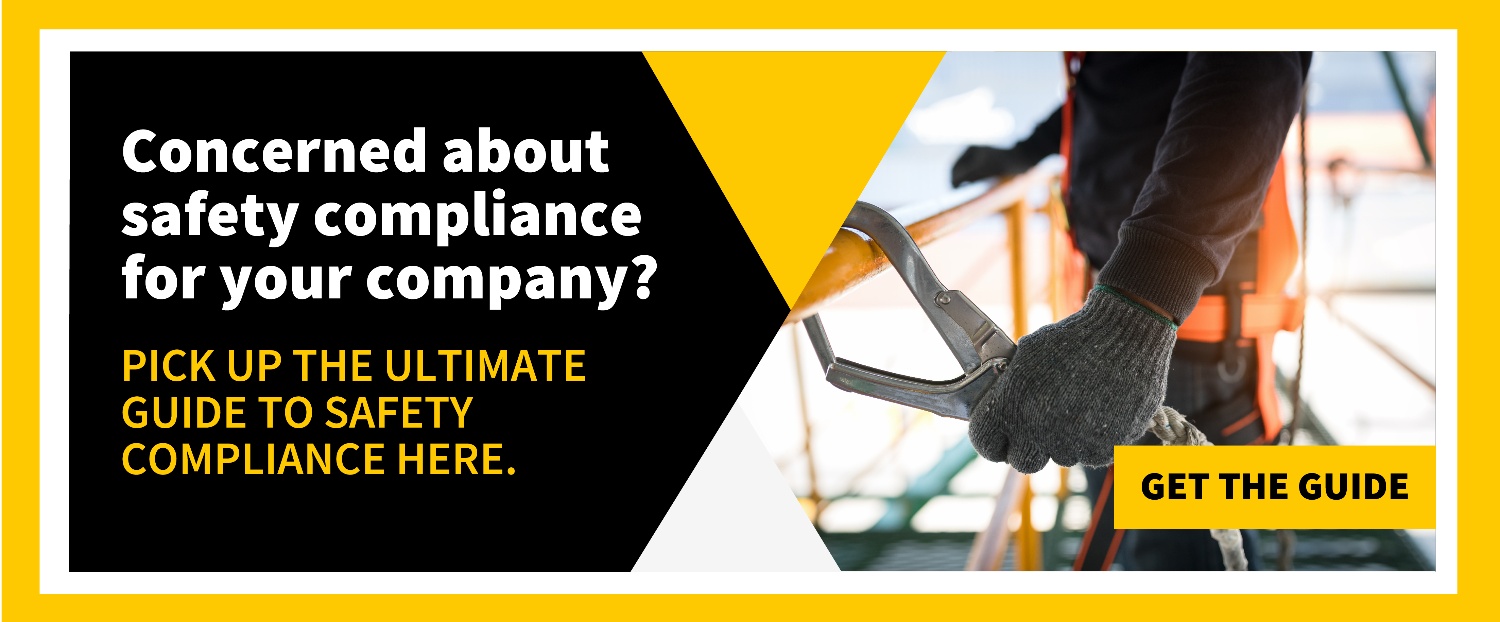
Some conflict in the workplace is inevitable. However, conflict between external safety consultants and contractors can be troublesome. Conflicting priorities can often place these collaborators at odds with one another.
With the constraining nature of workplace rules and regulations, how do you manage conflict between safety consultants and contractors to secure the best they have to offer your company?
What is a Safety Consultant?
A safety consultant is a professional brought in from an outside company or organization to provide expertise about safety matters in the workplace or on a jobsite. Even companies or organizations that employ in-house safety directors can gain valuable insight from external safety professionals.
A safety consultant’s primary objective is to keep workers safe by assessing and eliminating workplace safety hazards. They also help companies work toward compliance with all state and federal occupational workplace regulations. They can simplify complex OSHA standards and show both employees and employers how to best implement these standards. Their knowledge of safety regulations, practices, and training is a significant bolster to your own company’s overall welfare and profitability.
Why Bring in a Safety Consultant?
Anyone with any knowledge of OSHA regulations knows how complex and difficult to understand they can be. Keeping up with these ever-changing regulations can be more than one person can handle, even a dedicated in-house safety manager. An outside safety professional is steeped in these matters and can help your company prevent and reduce workplace injuries, provide safety training for employees and provide hazard assessments before OSHA inspections to help you clear up any concerns.
Managing Conflicts Between Safety Consultants and Employees
With constant adjustments to procedures and the possibility of employees or contractors being called out for disregarding safety regulations, conflicts between employees and consultants can arise.
“Safety professionals enter situations with the potential for conflict all the time because we are often working to convince people that safety is an issue,” says Eldeen Pozniak, CRSP, CMIOSH, an international management consultant specializing in occupational safety and health.
“Sometimes we disagree about whether something is safe or unsafe, sometimes we work with senior leaders who don't understand what we’re doing, and sometimes we need to mediate someone else’s conflict because it’s putting people at risk.”
Thankfully, many safety consultants are also trained in handling conflict due to this common situation. They are adept at analyzing the source of a conflict or disagreement, even anticipating a potential issue and taking steps to mitigate it through calm, reasoned negotiation and relational skills.
Addressing Conflict with a Safety Consultant
When conflicts arise between a safety consultant and an employee, what can be done to resolve the disagreement? Safety consultants are trained to handle conflict with maturity, tact, and integrity. After all, both parties want the best for the project and everyone involved. Some commonly taken steps include:
Related Content: Online vs On-site Safety Training for Contractors
- Evaluate the conflict – Is this a healthy conflict that everyone is willing to resolve? Do all parties have an open mind? Is everyone willing to be honest?
- Consider the safety experiences of everyone involved – Some may have had bad experiences in the past regarding workplace safety and another safety consultant. What is the history of the people involved in your situation?
- Stay with the facts – Integrity is vital when engaging in conflict. Be sure to communicate the facts clearly, calmly, and without rancor.
- Build relationships – People who know one another well can always resolve disagreements more easily. Seek to build trust and commonality with everyone involved. This approach can also help mitigate and prevent future conflicts.
- Allow everyone to be heard – Connecting with and listening to everyone can diffuse anger and feelings of being left out. Make sure everyone has their say while remaining patient.
- Collaborate when possible – Always seek opportunities for both parties to collaborate and build a consensus.
- Provide context – Make sure that the discussion revolves around relevant safety issues and their context. Emphasize the importance of individual and group safety.
- Do not become defensive – Avoid loud voices, angry gestures, condescending attitudes, and other defensive communications. Remain calm and helpful.
- Try to learn something – Every conflict has a potential lesson, some more than one. How do the contractors in this industry respond to conflict, safety regulations, a perceived lack of safety, or other safety-related concerns? How can you respond in a positive way?
Choose the Right Safety Consultant for Your Company
The right safety consultant for your company brings a balance of relational skills, regulatory knowledge, and safety expertise. These professionals are trained in handling conflict over safety matters, and when your team can cooperate in the face of a disagreement, resolutions are easier to find.


















